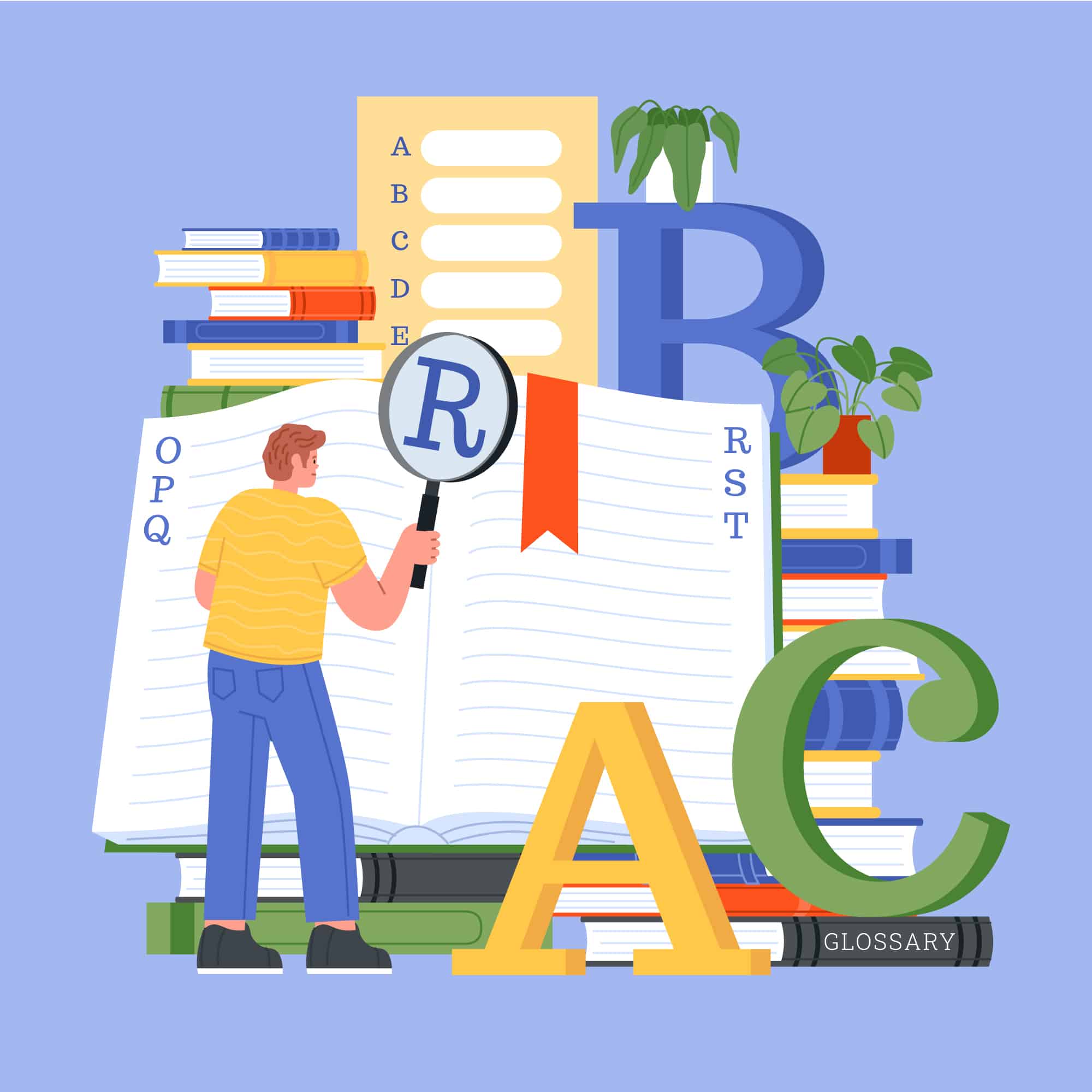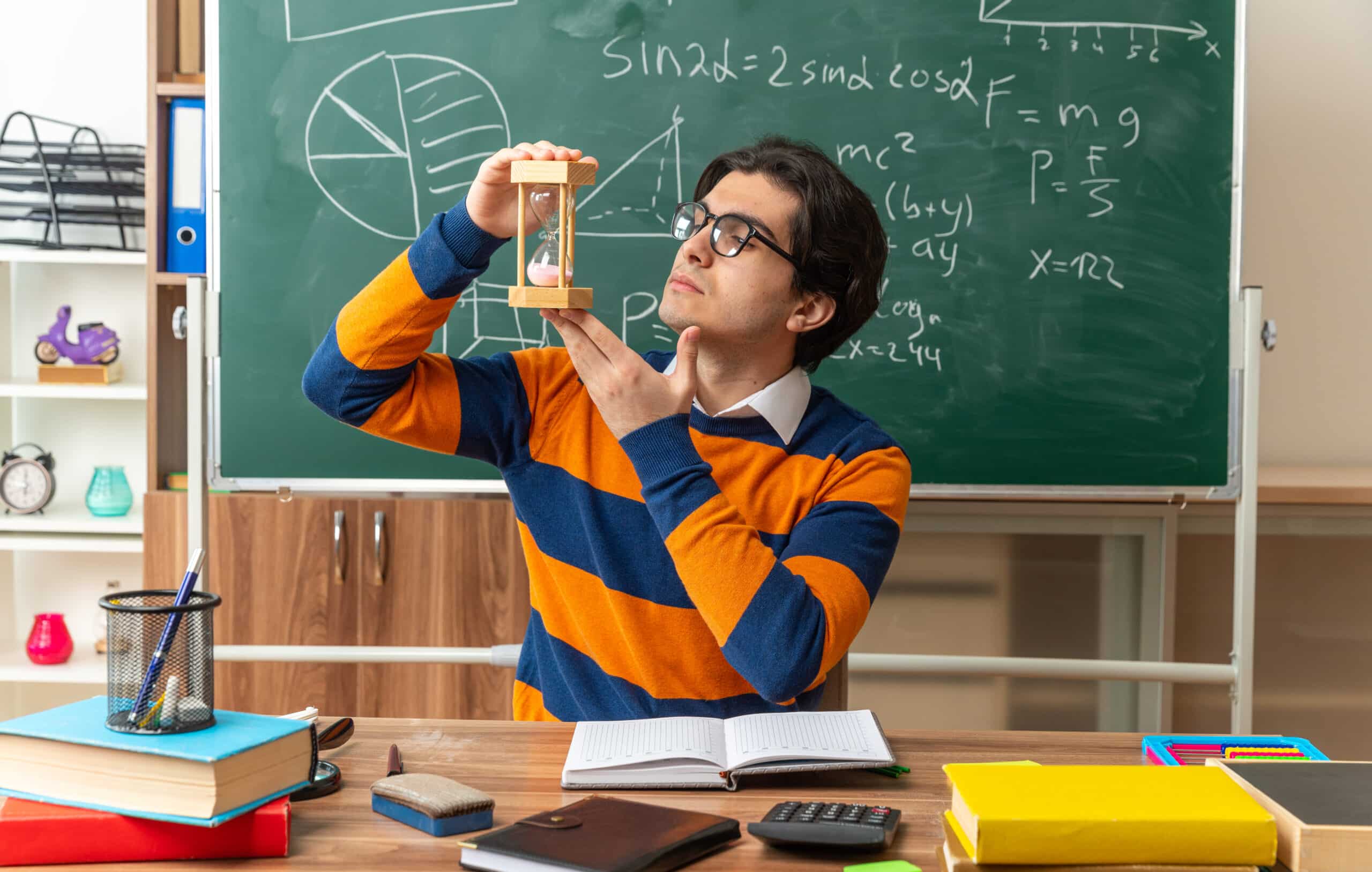Table of Contents [hide]
- 1 The MYP community project and the MYP personal project are referred to as MYP projects in this program.
- 2 MYP Personal project
- 3 Assessment Criteria:
- 4 Criterion A: Planning
- 5 Criterion B: Applying skills
- 6 Criterion C: Reflecting
- 7 Language of MYP projects
- 8 ATL skills through the MYP personal project
- 9 Setting a Goal
- 10 Action plan
- 11 Explaining the impact of the personal project
- 12 Reporting the MYP personal project
- 13 Assessment criteria
The MYP community project and the MYP personal project are referred to as MYP projects in this program.
Through a cycle of inquiry, action, and reflection, MYP projects provide students with the opportunity to participate in hands-on learning experiences. MYP projects support the development of autonomous, lifelong learners, assist students acquire the qualities of the IB learner profile, and give them a crucial chance to exhibit the approaches to learning (ATL) abilities they have acquired through the MYP.
MYP Personal project
Students get the chance to independently investigate a topic of personal interest in an age-appropriate manner through the personal project.
The project’s personal element is crucial since it gives students the chance to investigate a topic that inspires and interests them. Students decide what they want to focus on—which may be a new or current interest—how they want to get there, and they design their own standards of success for the final result.
Students have a fantastic opportunity to create a truly unique and creative product that exemplifies the ideas covered in the IB MYP through this project.
The personal project gives students the chance to:
Also Read: AP Computer Science A Comprehensive Syllabus
Assessment Criteria:
The objectives of MYP projects encompass the factual, conceptual, procedural and metacognitive dimensions of knowledge. Listed below are the objectives of the personal project specifically.
Criterion A: Planning
Students should be able to:
- Give the project’s learning objective and describe how a personal interest inspired it.
- Describe the targeted product and create suitable success criteria for it.
- Provide a thorough, well-defined plan for accomplishing the product and the related success criteria.
Criterion B: Applying skills
Students should be able to:
- Describe how the ATL skill(s) was(were) used to support the student’s learning objective.
- Describe how the ATL skill(s) was(were) used to assist in producing their product.
Criterion C: Reflecting
Students should be able to:
- Describe how the project has affected their learning or themselves.
- Examine the product in light of the success standards.
Requirements
- All students must finish the personal project, with the majority of their work completed in the last MYP year, in schools where the program ends with year 5.
- It is expected of students to work on their own projects for at least twenty-five hours.
- While subjects may assist in completing the project, it is not included in the curriculum for any subject group.
Important time frames
It is anticipated that students would work on their MYP personal project for about twenty-five hours.
During this period, they are required to:
- Have meetings with supervisors.
- Learn independently through research, planning, development, and project completion.
- Report on the project.
A well-framed practical datesheet must be prepared with deadlines along with the different elements of the project. This will ensure time-management and ensure the completion of the project smoothly on time.
Language of MYP projects
Typically, the MYP personal project will be created and delivered in the instruction language of the school.
However, when the following requirements can be satisfied, students should be given the chance to submit their personal project in their preferred language, which may or may not be their first and best language or the school’s language of instruction,
- The school creates a useful procedure for internal assessment and standardization.
- The standards used in the assessment of such projects are the same as those applied to all personal projects in the school.
Academic Honesty
For MYP projects, students and their supervisors are required to utilize the IB-provided MYP projects academic honesty form to declare the academic honesty of their work, note meeting dates and the major topics discussed.
There are only three meeting dates that must be entered;
They are typically the first, middle, and last meetings of the project. Upon submitting the final report or presentation, both the student and the supervisor must sign the final declaration.
ATL skills through the MYP personal project
MYP projects are capstone exercises where students showcase their mastery of ATL abilities in a genuinely unique manner.
ATL abilities offer a strong basis for learning both individually and collaboratively, exhibiting learning, and critically analyzing the learning process. They ultimately equip students for responsible participation in local and global contexts by assisting them in becoming more independent, strategic, and self-motivated.
They must use communication, organization, and reflection as ATL abilities to communicate in a clear, correct, and acceptable manner. Throughout the process, students have the chance to acquire affective skills such as self-motivation, perseverance, emotional regulation, mindfulness, and resilience. This skill set supports mental health management and a sound, balanced approach to the tasks.
The procedure
Under this section, let us discuss how to work on the MYP project.
Gathering evidence
It is required of students to record their workflow in order to exhibit their work habits and academic honesty.
Students are required to produce pieces of evidence that align with each of the three objectives’ strands, but they are not limited to any particular model while gathering evidence of their method.
Students can:
- Track the progress of their individual project in a process log. The process of recording a project’s evolution will be familiar to the students, who can employ various methods and approaches.
- Make use of several tools.
- Create their own style and layout.
Depending on the preferences of the students, different media might be used to capture the process. It can be in paper or electronic format, and it can be written, visual, audio, or a combination of these.
The evidence must be,
- collected during the project to record its progress; this includes a dynamic record of the goals, procedures, and accomplishments.
- a record of interactions with sources, such as teachers, supervisors, and outside contributors.
- a collection of preliminary ideas and developments; brainstorming; potential lines of inquiry and additional questions raised.
- a record of chosen, annotated, and/or edited research and to keep a bibliography up to date.
- a compilation of helpful data, such as sayings, images, concepts, and photos.
- a way to investigate concepts and potential solutions.
- a location to assess finished work.
- a way for students to reflect on what they have learned and created in a way that best fits their requirements.
- a journal of thoughts and helpful criticism obtained.
The evidence must not be,
- gathered every day (unless the student finds this useful).
- written up following the conclusion of the procedure.
- more labor added to the project; it complements and is a component of the project.
- a journal in which everything completed is written in detail (unless the student finds this useful).
- a single, static document in a single format (unless the student finds this useful).
Setting a Goal
Because each student chooses their own goal based on something they find intriguing, the personal project is genuinely personal. Students’ past MYP experiences can also serve as a motivation.
In a similar vein, students might build a goal on an interest or pastime they now enjoy or would like to take up after school.
Students need to choose an overarching objective that they can complete in 25 hours.
A learning goal and a product are the two interconnected components that make up the overall goal of the personal project.
Students’ creations will be the product, and their desired learning outcomes will be the learning goal.
Action plan
Because each student chooses their own goal based on something they find intriguing, the personal project is genuinely personal. Students’ past MYP experiences.
Students will draft a plan of action to complete the project they have selected. Students may modify their learning objective and/or product as needed as they develop their action plan, which will give them an idea of whether they can complete the task in a fair amount of time.
Students should establish success criteria for their product and decide in order to draft a comprehensive action plan.
Research will probably be needed for the process of creating success criteria and creating an action plan to achieve the criteria.
Action plan
Students are required to provide evidence of the application of ATL skills that might be in the form of,
- Diagrams
- Lists
- Paragraphs
- Notes
- Timelines
- Action plans
- Annotated illustrations
- Annotated research
- Pictures
- Sketches
- Screenshots of blogs or websites
- Feedback
Product evaluation
After finishing their product, students assess how well they met their product goal by referring to the success criteria that were established at the beginning of the personal project.
This assessment serves as the foundation for elucidating the project’s impact and can assist students in choosing which ATL skill evidence to include in their report.
Explaining the impact of the personal project
Impacts of learning goal
- Development of ATL skills.
- Extension of knowledge.
- Gaining confidence.
Impacts of product
- Meets community needs.
- Showcases the skills and abilities of students.
Also Read: Comprehensive IB Maths AA SL & HL Syllabus
Reporting the MYP personal project
The MYP personal project report summarizes the experiences and abilities noted during the assignment to show how involved the student was with their own work.
The MYP personal project objectives—planning, applying skills, and reflecting—should be followed by distinct sections in the report.
The following requirements should be taken into consideration when creating records and documents:
- In order to guarantee that the report’s written portion is easily readable, every page needs to feature at least:
- A font size of 11 points
- 2 centimeter margins.
- When a spoken report is turned in, the audio file and any supplementary paged documentation will be the sole pieces of evidence taken into account for evaluation. A spoken presentation may be supported by visual aids (such PowerPoint slides), but for evaluation reasons, these will not be regarded as an integral element of the submission.
- Images containing evidence must be readable at the provided size.
- The bibliography is not counted toward the page limit because it is uploaded individually.
- Leave out the title page.
Assessment criteria
Three equally weighted assessment criteria serve as the basis for the criterion-related assessment for the MYP personal project:
| Criterion | Objective | Maximum weightage |
| A | Planning | 8 |
| B | Applying skills | 8 |
| C | Reflecting | 8 |







